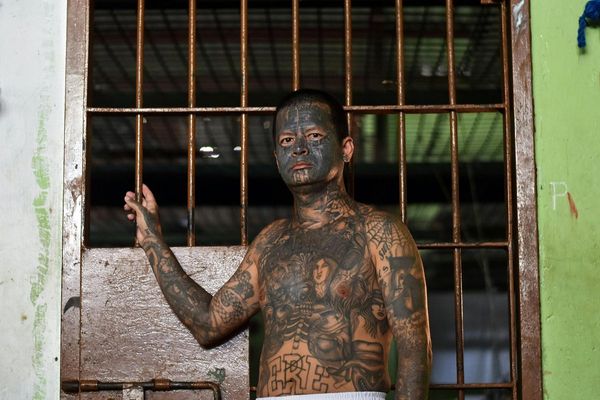
Commercial banks need to compulsorily maintain a statutory liquidity ratio (SLR), which currently stands at 18%. Hence, banks need to invest a minimum of 18% of their net demand and time liabilities in government securities and other approved securities.

In fact, deposits held by commercial banks are a good proxy for their demand and time liabilities. As of September, banks had 29.8% of their deposits in government securities and other approved securities.
You might also like
Adani in talks with global investors to raise $10bn
Why Indian music apps are a let-down: 4 charts
GST profiteers return ₹500 crore to customers
Indeed, over the years, commercial banks have held significantly more government securities and other approved securities than they are mandated to. Nonetheless, this wasn’t always the case.
Take a look at the accompanying chart. The Reserve Bank of India (RBI) has been cutting the SLR over the years. It has come down from 25% in January 2010 to 18% currently. At the same time, the proportion of bank deposits invested in government securities and other approved securities has largely clustered around 30%. The point is that the cut in SLR since 2010 hasn’t been accompanied by banks investing less money in the mandated government securities and other approved securities.
Before we get into the reasons for this, a small peek into the history of SLR is important. In December 1964, banks had to maintain a SLR of 25%. The proportion of deposits invested in the mandated government securities and other approved securities was 30.3%. The SLR continued to stay at 25% until January 1970.
In the time to come, the SLR kept going up reaching a high of 38.5% in September 1990, which is where it stayed until December 1992. Interestingly, when the SLR was 38.5% in December 1992, the commercial banks had invested 39.7% of their deposits in government and other approved securities. The point is that the difference between what was mandated and what was achieved wasn’t much.
The SLR has been on a downward trajectory since January 1993, when it was first cut to 38.25%. It was cut to 25% by October 1997. It was at 25% in November 2010, when a new round of SLR cuts started. In November 2010, the proportion of deposits invested in government and other approved securities stood at 30.6%. Again, the difference between what was mandated and what was achieved wasn’t much.
However, the difference between what is mandated and what is achieved has gone up in recent years. There can possibly be three reasons for this. First is lazy banking. Banks just find it easier to invest in government securities and earn a decent rate of return. Second is that there aren’t enough credit-worthy prospective borrowers going around to whom money can be lent. Hence, beyond a point, it simply makes sense for banks to invest in government securities.
Third, over the last decade, banks have accumulated a huge amount of bad loans, which peaked in March 2018 at ₹10.36 trillion. Bad loans are mainly loans that haven’t been repaid for 90 days or more. As banks have been unable to recover a bulk of these bad loans, they are simply reluctant to lend beyond a point and, hence, end up buying government securities. The trouble is that there are repercussions to this. With less money being available for non-government borrowers, they pay higher interest rates on the loans they take.
Elsewhere in Mint
In Opinion, Manu Joseph explains why bosses like office so much. Nitin Pai argues why Elon Musk's "everything app" must be resisted. Rajrishi Singhal finds a common link between loan haircuts and freebies. Long Story asks: can a regulation for EV makers become a road bump?







